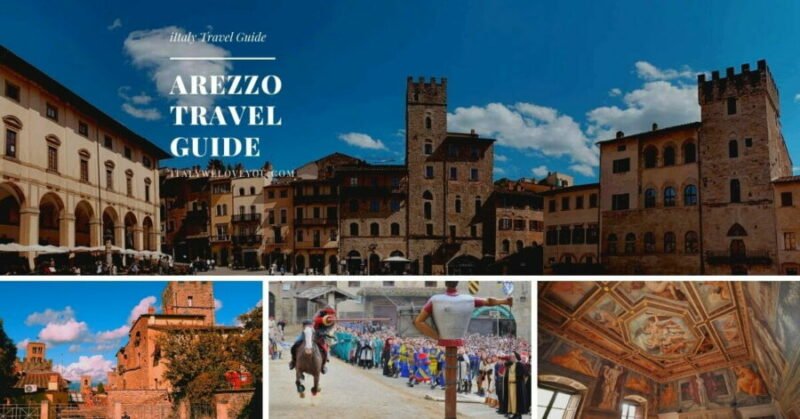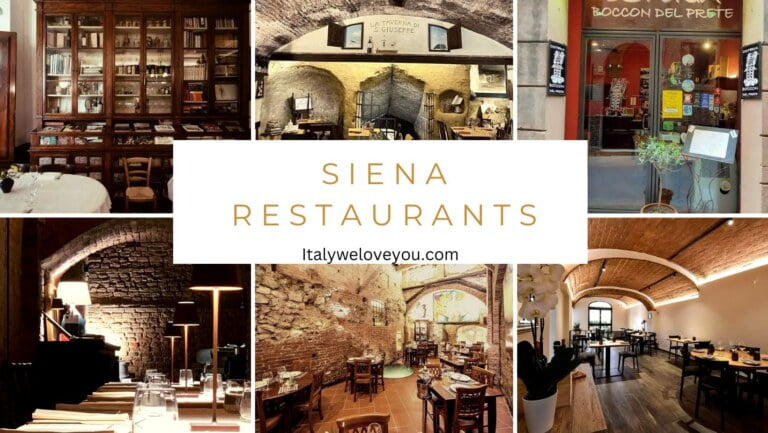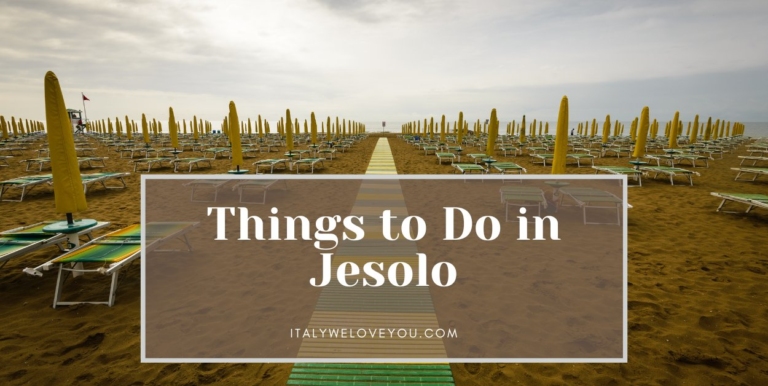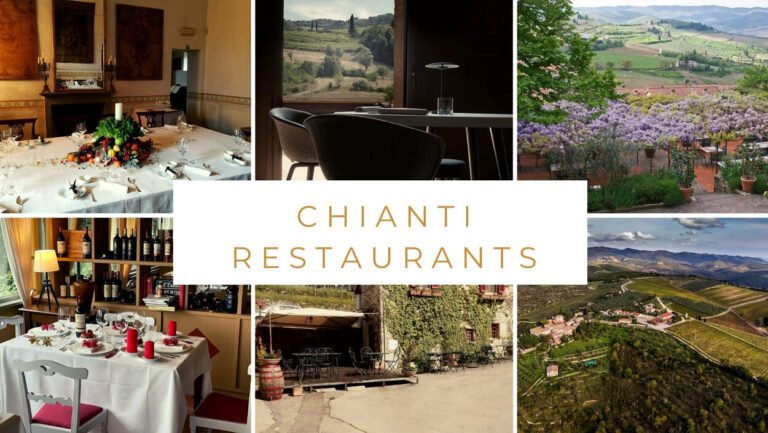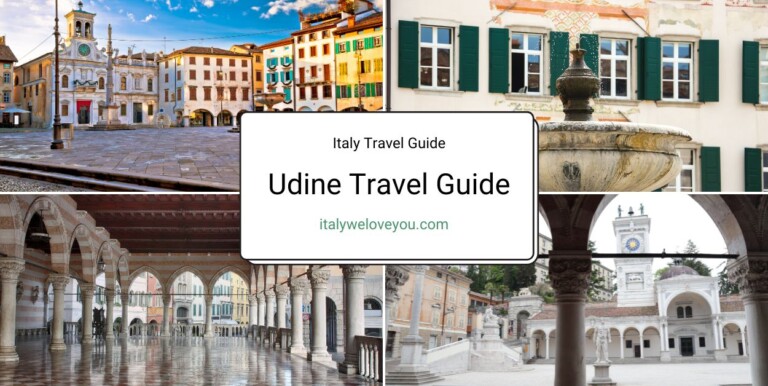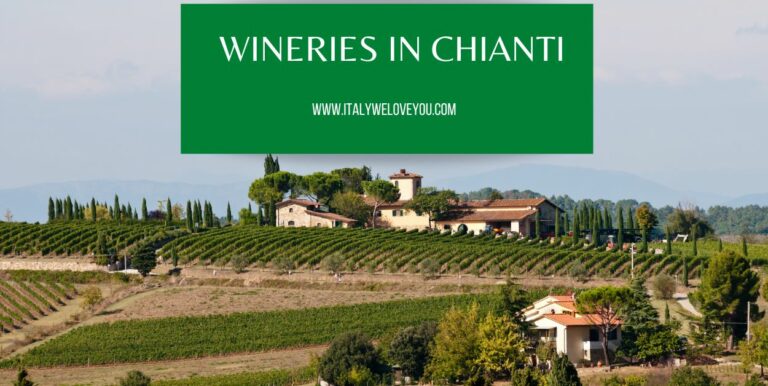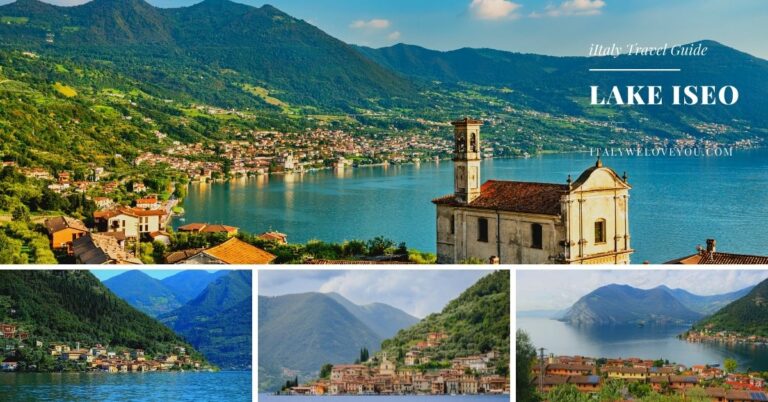15 Best Things to Do in Arezzo, Italy
Arezzo is a city in Tuscany rich in monuments, parks, archaeological remains, churches, and historic squares. However, a real city of art that has to compete with nearby and famous cities such as Siena and Florence sometimes remains off the beaten track.
The city is located on a hill and offers a magnificent view of the surrounding area: Valdarno, Casentino, and Val di Chiana. These three valleys are located in the province of Arezzo and join the ancient Buriano bridge, a thirteenth-century bridge that crosses the river, Arno.
Due to its size, Arezzo can easily be visited in just one day. The city is divided into two parts, the upper one that houses the historic center with some of the most elegant historic buildings, squares, and main monuments of the city, and the lower one characterized – instead – by several modern and fashionable shops.
Top attractions and things to do in Arezzo
Piazza Grande
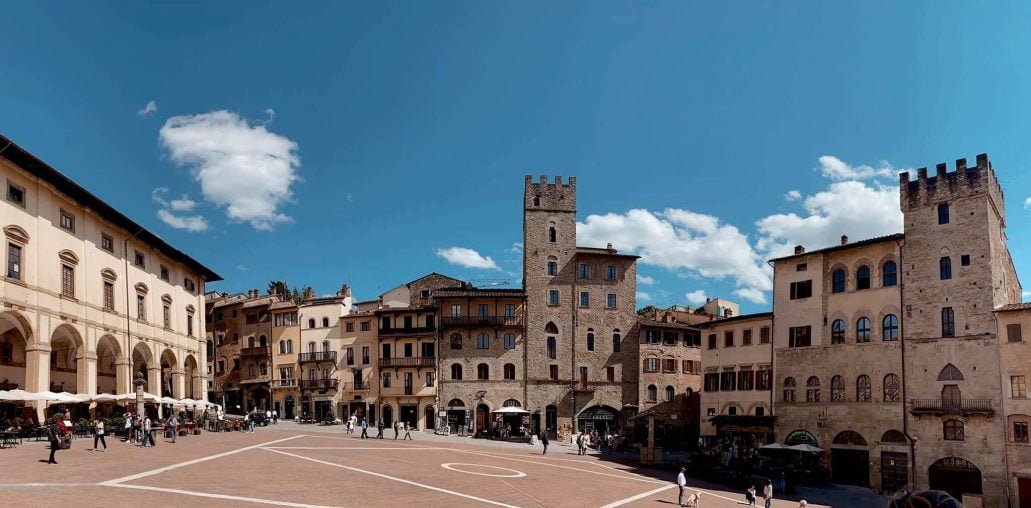
The visit of the city can start from Piazza Grande, which is the most important square in Arezzo, as well as the heart of the historic center. Built on a steep slope, churches, historic buildings, arcades and ancient shops overlook its unusual trapezoid shape. The buildings that outline it belong to different eras, yet the overall impression is that of total balance and perfect harmony. In Piazza Grande, we find the Palazzo della Loggia designed by Vasari, with splendid arches and ancient doors, which once gave access to the shops along the square. Today this area is home to several bars and restaurants. This square, with a particular slope with a difference in height of about 10 meters, was designed to channel rainwater. Built on the ruins of what was believed by many to be the ancient Roman forum, every month it hosts the famous antique market and the renowned “Giostra del Saracino” (Carousel of the Saracen), which takes place – instead – twice a year.
Last but not least, Piazza Grande is finally filmed in Roberto Benigni’s “La vita è bella” (1997), winner of the Academy Award for best foreign film, thus obtaining international visibility.
Arezzo Medieval Tower Houses
From the center of the square, you can admire the profile of some of the medieval tower-houses of the city, such as the Palazzo Lappoli with the wooden gallery and the Palazzo Casatorre dei Cofani with the characteristic tower. As well as the Palazzo della Fraternita dei Laici, with the astronomical clock still working. Finally, there is also a public fountain dating back to the 16th century.
Santa Maria church
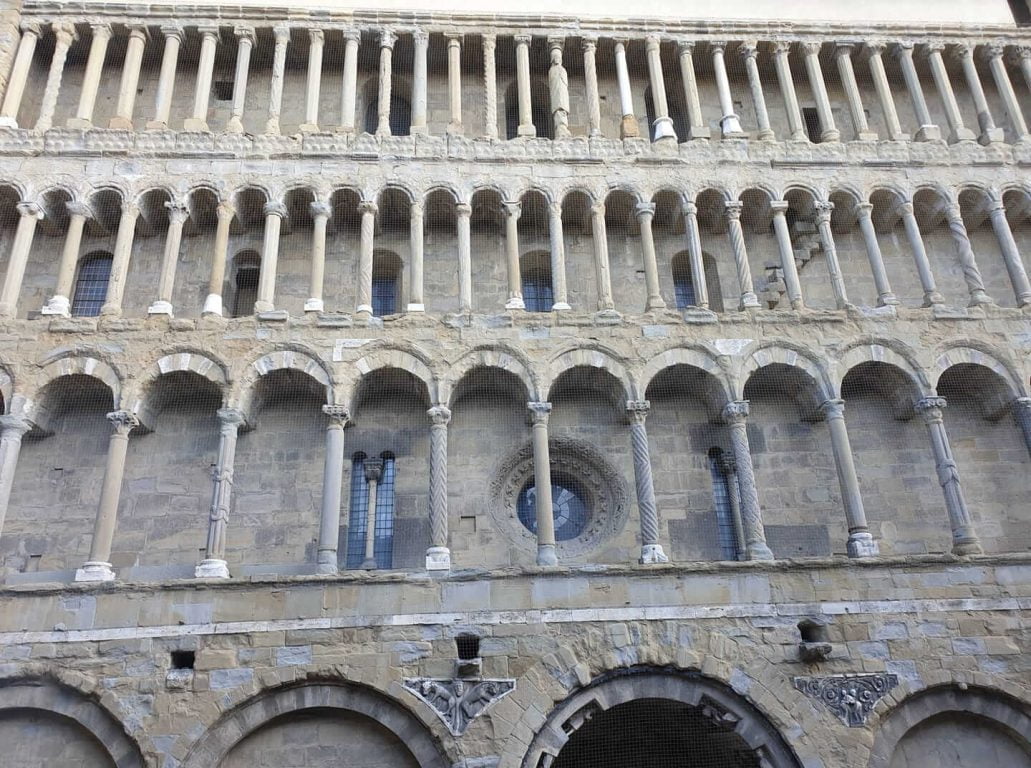
Overlooking Piazza Grande, the apse of the church of Santa Maria contributes to the overall scenography of the most important square in Arezzo. It is a church that was built a little later than the year 1000: one of the highest examples of Romanesque art in Tuscany. The main facade of the church is in Via Seteria, near the square. It has five blind arches in the base and three orders of arcades that stand on 68 columns. The mighty bell tower on the right is called the “100 holes” due to the particular workmanship of the mullioned windows distributed over five floors and is one of the symbols of the city. The interior has three naves; the apse, which overlooks Piazza Grande, is in Romanesque style with blind arches and two superimposed loggias. The most important artistic work of the church is the polyptych by Pietro Lorenzetti which depicts a Madonna and Child, the Annunciation, Assumption, and 12 saints.
Arezzo Cathedral
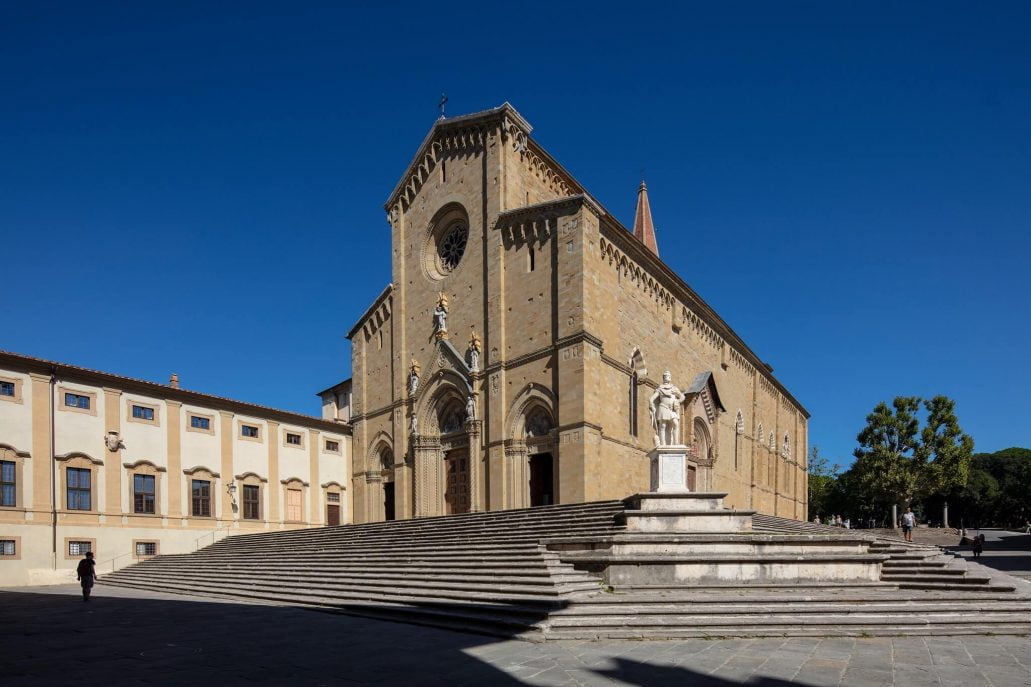
The cathedral of Arezzo, dedicated to San Donato, is located in Piazza della Libertà, at the top of a spectacular sixteenth-century stone staircase. The church stands on the top of the hill on which the city stands, where the acropolis was once located. Thanks to this position, it can also be seen from a great distance. The cathedral was built in the early 1300s but, due to an ever-changing economic situation, it was not finished until the mid-1500s; over the centuries, various other changes have been made, such as the bell tower and the spire of the 20th century. The facade was rebuilt in the early 1900s in a neo-Gothic style, while the original interior is divided into three large naves. The stained glass windows by Guillaume de Marcillat and the Magdalene by Piero della Francesca painted in 1465 stand out for their beauty. The adjoining Diocesan Museum houses various works of art including some by Vasari and Luca Signorelli. The marble panel with the “Baptism of Christ” which decorates the Baptismal Font is attributed to Donatello. The cathedral of Arezzo still represents one of the highest examples of Gothic art in Italy today.
Palazzo Comunale (Town Hall)
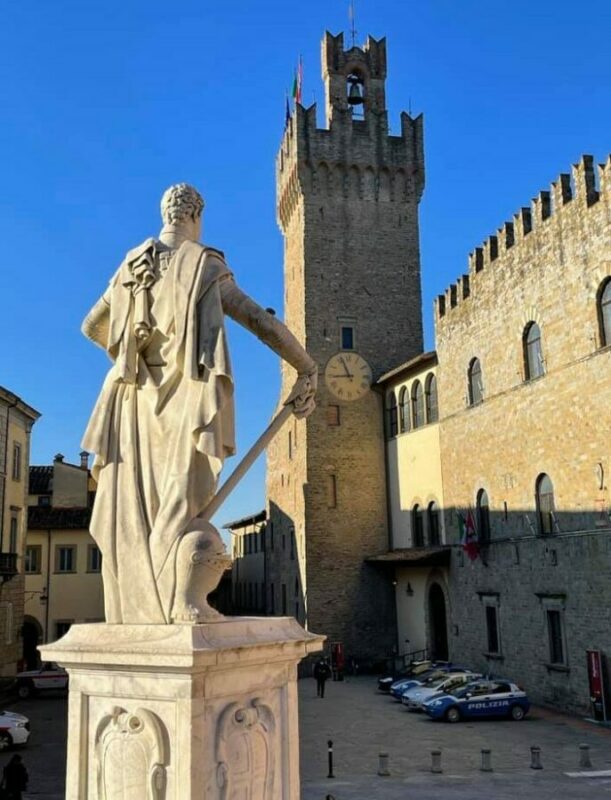
The nearby Palazzo Comunale (Town Hall), whose name is “Palazzo dei Priori”, is another great example of 1300 architecture characterized by decorative battlements and slight restyling dating back to the early nineteenth century.
The Medici Fortress Park
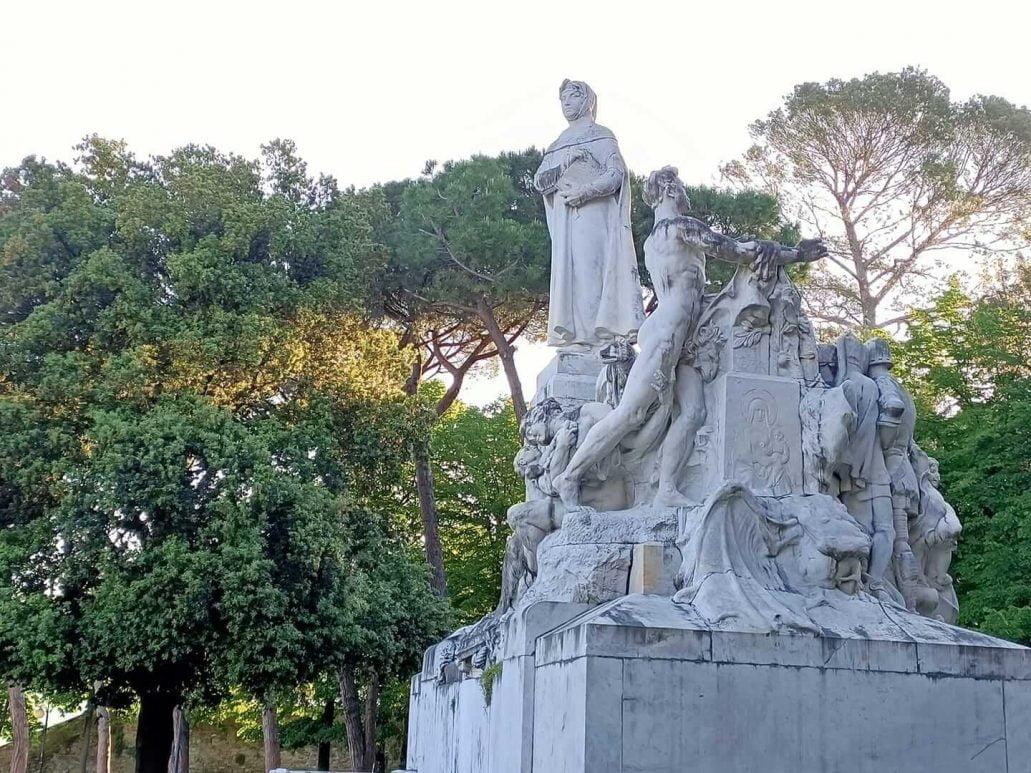
Continuing the visit, we reach one of the many green areas of Arezzo, dominated by an imposing statue dedicated to one of the most representative characters of the city: Petrarch. The park, in the French style, offers a suggestive panoramic view over the Casentino valley, the surrounding vineyards, olive groves, and the sinuous landscape that extends at the foot of the historic center.
The Medici Fortress, located on the San Donato hill, was built in the shape of a five-pointed star at the behest of Cosimo I de Medici around the middle of the sixteenth century, to strengthen the Florentine dominion over the city. The stones to build the fortress were extracted from the Roman amphitheater of the city and it has been renovated and dismantled several times over the centuries. It still represents an important example of military architecture of the 1500s, accentuated by the wonderful panorama of the which is enjoyed from its ramparts.
Under the park, in Via dell’Orto, is the house of Petrarch, commonly known as the “Father of Humanism”. To enter, there is a small ticket to pay. In this house, you can see also a well built in the 15th century, known as the well of Tofano and it is mentioned in the book “Decameron”.
Close to the house, on the left, there is a small park in which the ruins of the Palazzo del Capitano del Popolo from 1278 are located; from this dominant position, you can enjoy a breathtaking view of Palazzo Pretorio, with its facade covered with the coats of arms of the families who ruled and governed here.
Curch of San Francesco
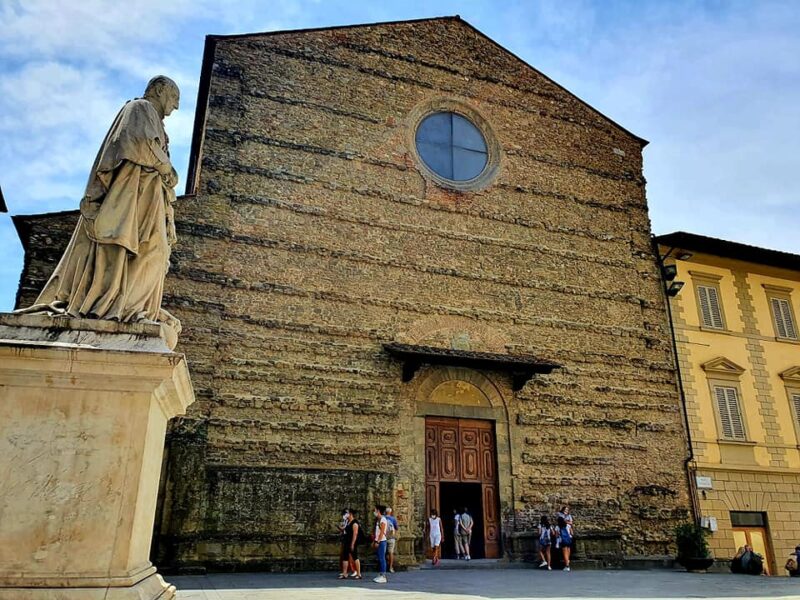
The parish church of San Francesco is located in San Francesco square. The church houses one of Piero della Francesca’s most famous works of art, “The Legend of the True Cross”, rightly considered one of the absolute masterpieces of Italian art. The cycle of frescoes is inspired by the Golden Legend written by bishop Jacopone Da Varagine and very popular in the Middle Ages. Inside the church you can admire also a fresco by Luca Signorelli and a large Crucifix. To enter there is an entrance ticket to be paid.
Caffè Dei Costanti
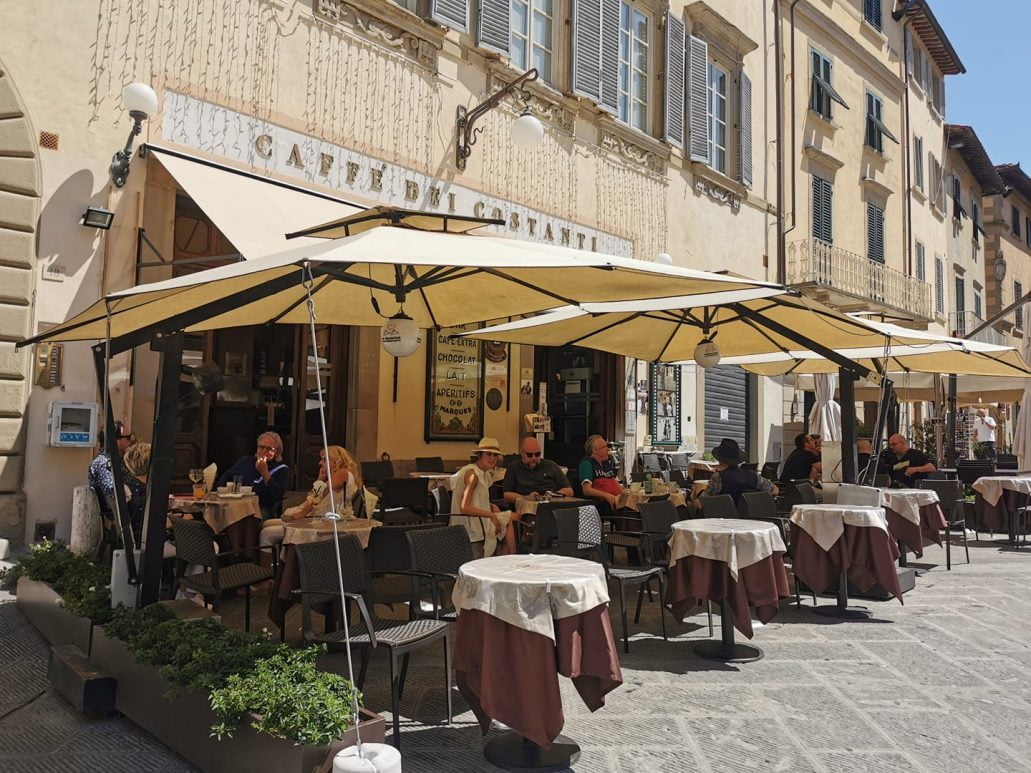
In the same square there is also the historic Caffè dei Costanti, which opened in 1804 in the building of the Costanti Academy, and as such was almost inaccessible to citizens, being able to attend only Academic members and nobles of the most important families. In the years following the unification of Italy, the Café definitively ceases to be an exclusive place of the Academy and becomes a lively meeting point open to all citizens.
Museum of Modern and Medieval Art
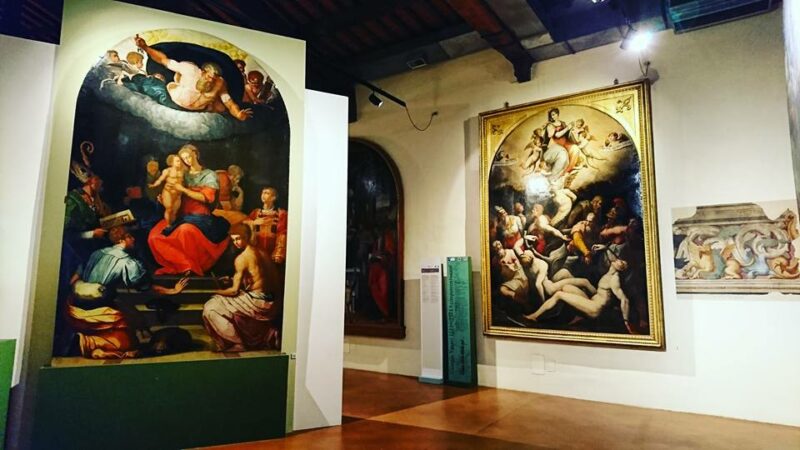
Various works by great Tuscan artists are exhibited in the Museum of Modern and Medieval Art. The museum is not very big, which makes it interesting even for the younger ones. Along the way, you will encounter works of art by Pietro Lorenzetti, Parri di Spinello, Bartolomeo della Gatta, Andrea della Robbia, Vasari, beautiful ceramics from Umbria and Tuscany up to the most recent works of art of the nineteenth century (e.g. Telemaco Signorini and Cecioni). In addition to the works on display, there are also beautiful collections of medieval objects, from ceramics to knives and much more.
Vasari House Museum
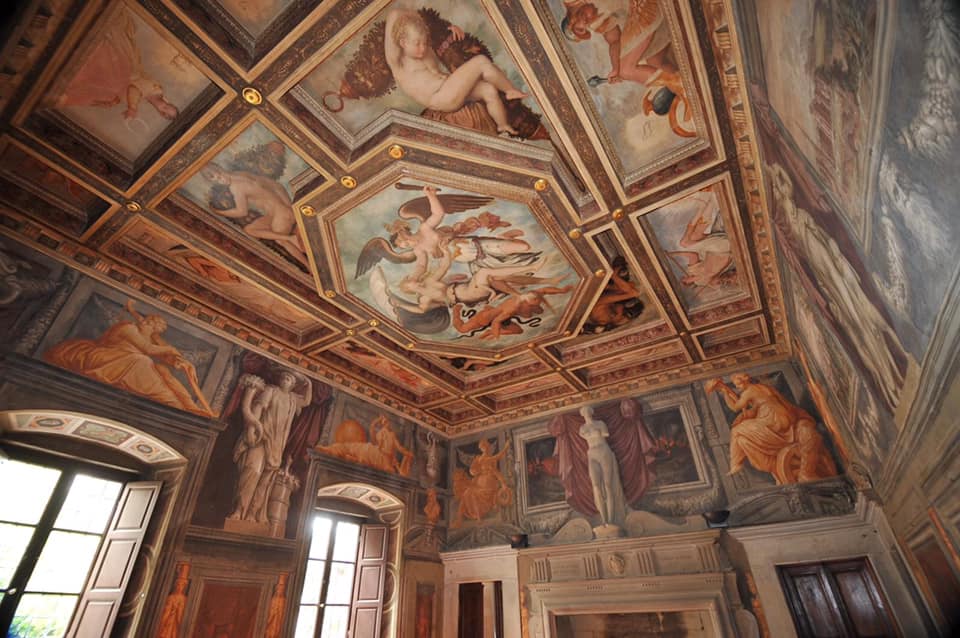
A short detour at the end of Via XX Settembre will lead you to the House-Museum of Giorgio Vasari, an Italian painter, architect, and historian of art and one of the most important historical figures of the city. Although perhaps best known for his writings on some of the past artists, Vasari was also a great and talented artist and architect, and his house is tangible proof of his undisputed talents. Vasari bought this building in 1511 but did not live there for a long time: immediately after his marriage with Niccolosa Bacci, he moved to Rome and then to Florence. Despite this, he was directly involved in the decoration of the house. The visit to the House Museum allows you to admire the works of art distributed on the three floors: the apartment with the Chamber of Fame and Arts, the Chamber of the Muses, the Chamber of Abraham, and the Hall of the Fireplace decorated by Vasari and his pupils. In addition, there is a beautiful roof garden.
San Domenico
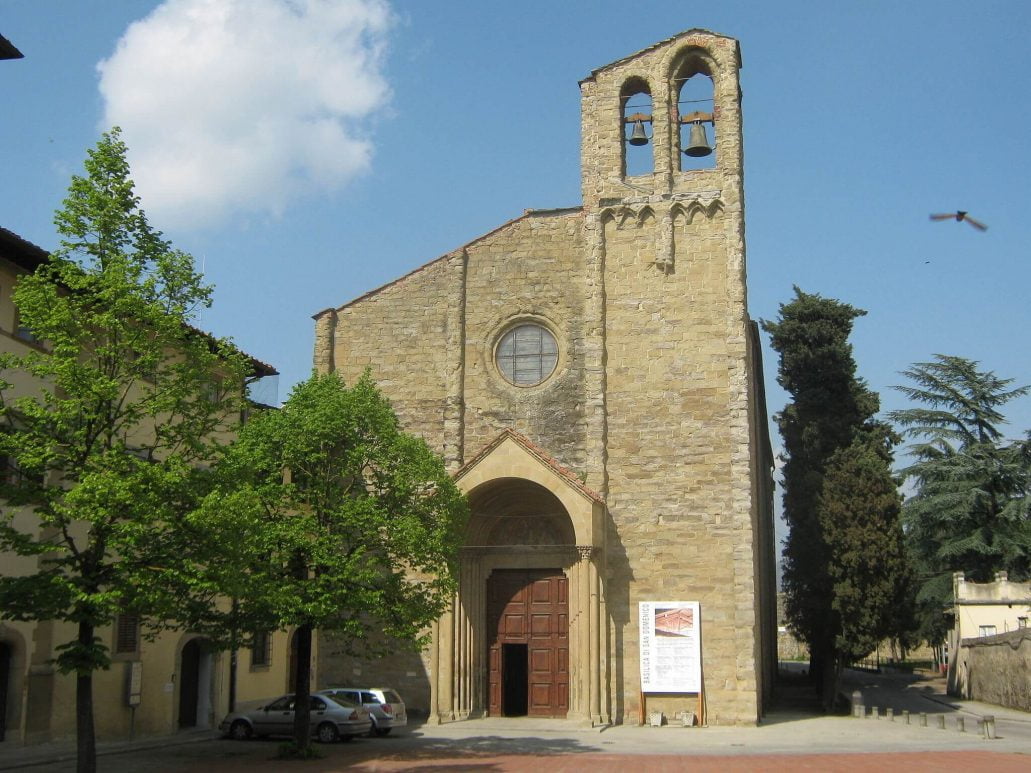
Proceeding with the visit, we arrive at the church of San Domenico. The large Crucifix by Cimabue is the main attraction of the church. It is more than 3 meters high and it is the first work of art attributed to Cimabue, painted between 1268 and 1271. The exterior has an unfinished facade in a Romanesque-Gothic style. The interior, simple and linear, has a single nave with mostly deteriorated frescoes, while the Gothic altar of the Dragondelli Chapel is still clearly visible.
Santissima Annunziata
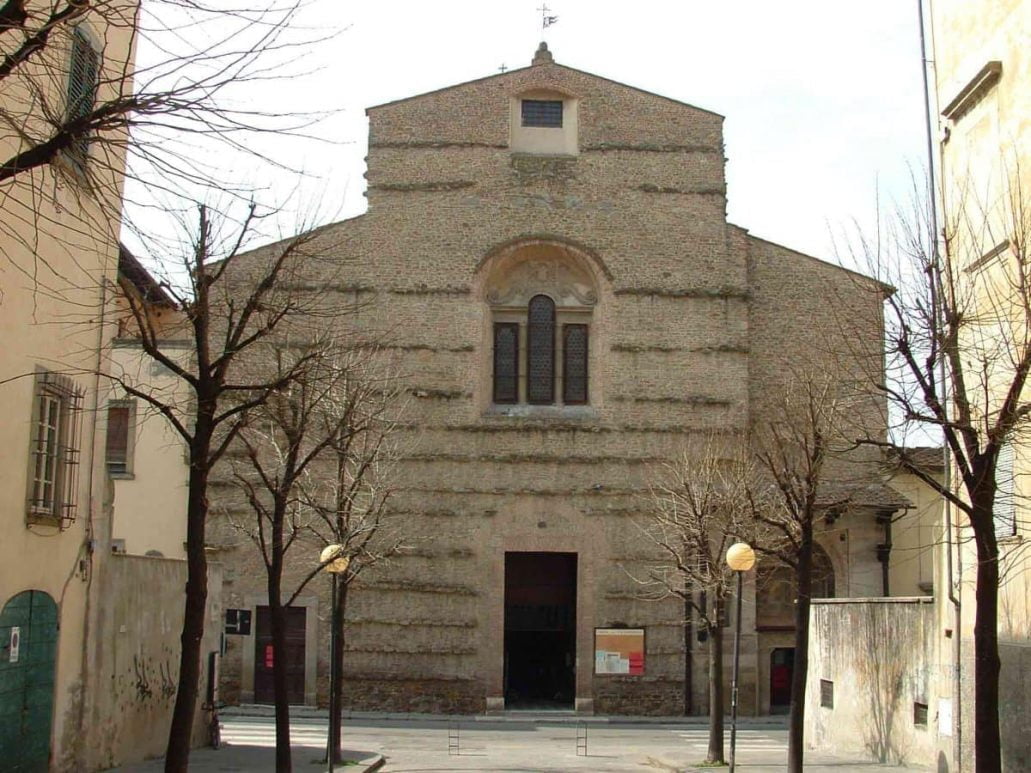
Among the other buildings and monuments that are part of the visit itinerary, there is also the Renaissance church of SS. Annunziata, also known as “of the Madonna delle Lacrime”. The “Convitto di S. Caterina” is also a structure worth a visit. In fact, observing it you will notice the unmistakable style of Vasari who, years after the construction of the building, made some changes characteristic of his time.
Archaeological Museum of Arezzo
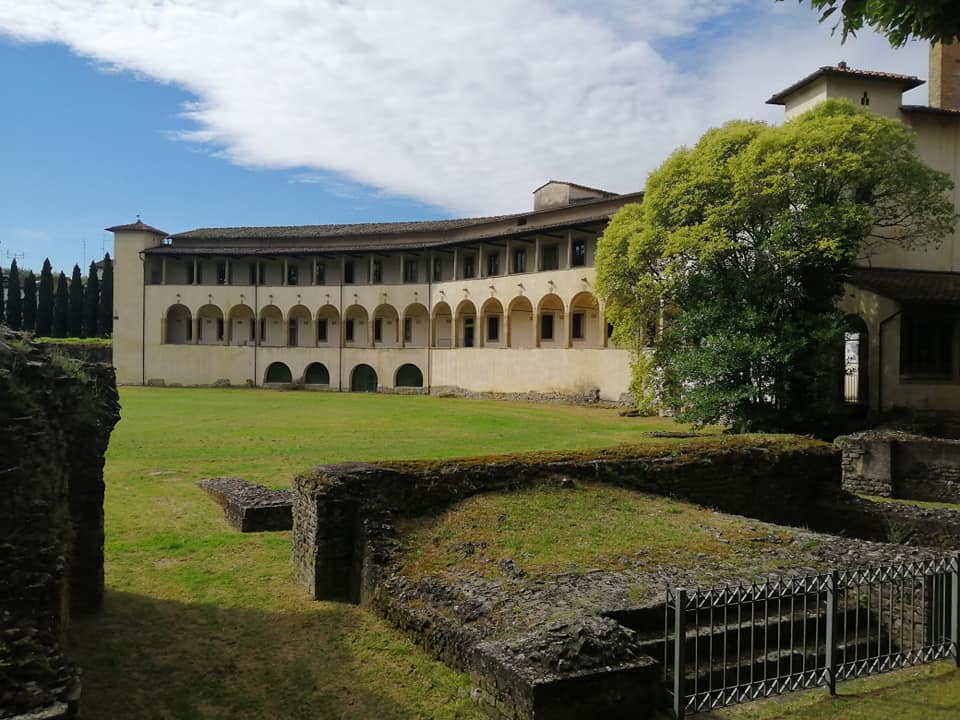
A green park houses what remains of the ancient Roman Amphitheater: once this structure was able to contain approximately 13,000 people, while today – after a slow and progressive demolition – only the skeleton of what it once was remains.
A visit to the local Archaeological Museum will make you better understand how it was built. The museum is very well organized and also houses a remarkable collection of Etruscan and Roman ceramics and glass objects. It is located within walking distance of the city center and the railway station.
Although there have been archaeological finds relating to the prehistoric period, the Etruscan were the people who left the greatest signs within the city and, in fact, there is a path that can guide you to discover the most interesting ruins and remains that they are part of the best historical and cultural attractions of Arezzo.
Saracen Joust
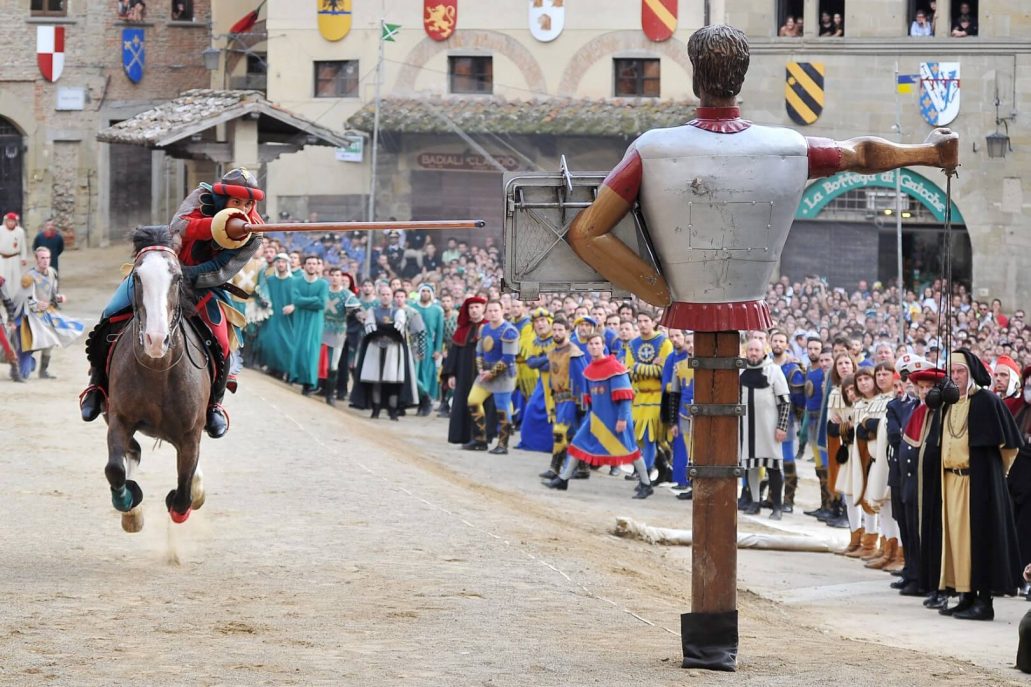
We have already said that every first Saturday and Sunday of the month, Piazza Grande in Arezzo is transformed into a large antiques market that attracts sellers and enthusiasts from all over Italy. In fact, more than 500 exhibitors occupy the square selling all kinds of objects.
The “Giostra del Saracino” takes place only twice a year. Piazza Grande becomes the setting for this ancient competition in medieval costumes on the penultimate Saturday of June at night and the first Sunday of September during the day. The knights of the four city districts must hit the shield of the “Buratto” with a spear, without being hit in turn by the puppet of the Saracen. The carousel recalls the period in which people trained against the possible invasion of Saracens, but over the centuries it has become a simple celebration of knightly skill.
Read also: Festivals and Events in Italy
Arezzo foods
What to eat in Arezzo? The cuisine is made up of pasta, meat, cheeses, vegetables, and good wine. As an appetizer, we have the “crostini” (bread) with livers and cold cuts from Casentino; as first courses, there is “acquacotta” (bread, eggs, cheese, mushrooms), “pappardelle” with hare or with goose or chicken sauce, gnocchi with ricotta and spinach, bringoli or “pici” with various seasonings. Among the second courses we have the Chianina meat, the “Grifi” (the face of the veal seasoned with spices and tomato), a wide choice of cheeses including “abbucciato“. The typical dessert of Arezzo and its province is “Gattò“: a log of sponge cake dipped in chocolate and alchermes liqueur.
Read also: Traditional Food in Tuscany
How to Get to Arezzo
Arezzo can be easily reached from Florence or Rome via the motorway A1 Milan-Naples. You then exit at the Arezzo tollbooth and from here there is about 10 km to reach the city center. It is also possible to arrive quickly in Arezzo by train: the Arezzo railway station is located along the Bologna-Rome railway line.

